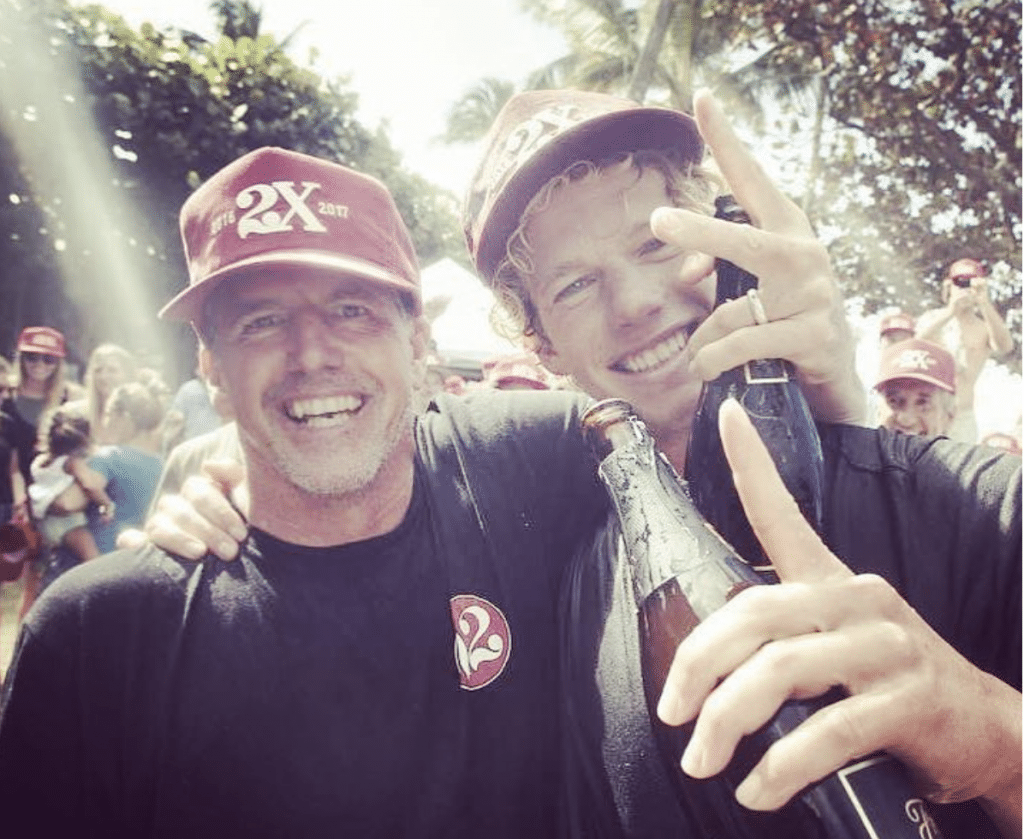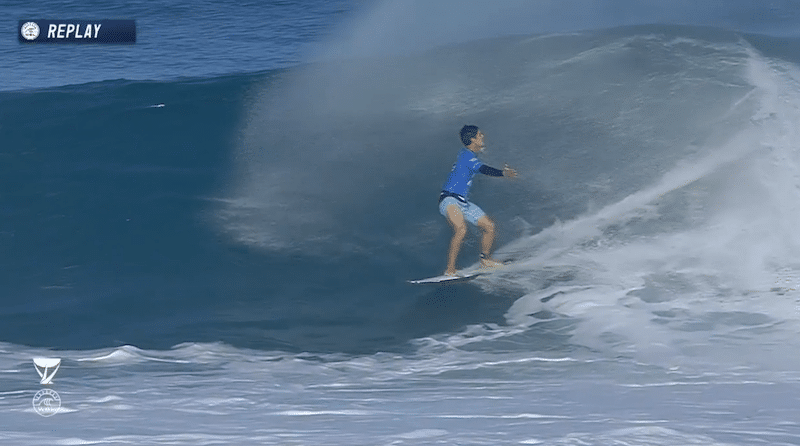Seven important truths about your weapon!
What sort of surfboard turns your screws? Are you a rider of stumpy little thing with a wide tail and fins like the forward flippers of the sea cow or do you like to order boards of the sort favoured by the professional surfer: the continuous curve, the lithe outline, curves so subtle even the shaper can’t find ‘em?
Lately, I’ve gone for something I call Risky Business Casual™. I like the idea of piloting High Risk Danger™ boards but when I consider the waves I ride, and my ability, I need something looser on the hams and fuller on the waist. An elastic waist as opposed to buttons and clips.
More Stubby Bastard than Ghost.
It’s the finest line to walk because no one likes to be caught riding those blunt instruments called Fun Boards. And, so, because I fell into the surf writing game so many years ago, and because the fundamentals of surfboard design fascinate me, I spend much of my interview time with a microphone under shapers’ chins. Biolos. Pyzel. Cole, Webber and so on, each thirty minutes or one hour conversation a masterclass.
And, it’s interesting to talk to these men, because for all the great leaps forward in materials or some revolutionary curve-rocker combo, the fundamentals are still the, yeah, fundamentals.
Therefore, in the spirit of Christmas, I’d like to list seven important truths about your surfboard. Learn ‘em, and know ‘em, because, at some point, you’ll find yourself in some shop, under the spell of a salesman, and you gotta know what works, what really works, or else you’re going to climb down the same old holes.
- Thin surfboards are a vanity project. They feel very nice to hold under your arm, and are good things to show your friends. “This feels insane,” they’ll say, sliding the twig under their armpit. Do this experiment for me. Go to a board store. Examine the racks. Without looking at any dimensions, grab the board you think would be perfect for you. Now look at the numbers on the stringer. It’ll be undercooked by three litres. Which is revealing. Because what looks good, what feels good, ain’t necessarily what’s going to hold and push you. Look at Jordy. Big cat, yeah, but he runs on thirty-six litres. Don’t be afraid to go fat. (Note: it’s why the custom board you ordered and called a pig is so thick. Your shaper knows. Trust him.)
- You can’t beat hydrodynamics. If you need a stable board, ride low rockers. If you can keep a board in the pocket, find a curve you like. Most surfers ride horizontally. Flat rocker. If you want to chance your arm, climb into something with a little curve and a little concave. But only a little. Ferraris don’t work on the street. And know that while you can ride a flat-rockered board in anything except the most outrageous barrels, a curved slipper will sink in anything but bowls and tubes.
- Look at the outline of your board. Straight lines go fast. Curved lines turn. Simple.
- Balance in a surfboard is everything. Shapers walk a tightrope every time they build you a custom board. Wildly experimental is fun to read about and celebrate and so forth; ain’t so great to spend a thousand bucks on.
- Ultra-light epoxy boards have their moments but their great crime, and it’s a crime committed by the Fish too, is they make a man feel like he’s surfing thirty percent better than he really is. Right now, PU boards have the edge on drive and momentum.
- Tails don’t matter so much. They just don’t.
- Once you get stuck on wide-nose boards there ain’t no going back. At least not without a lot of mental anguish and embarrassment.
You know what else? It don’t matter if it’s new or if it’s ancient. The only requirement of a surfboard is that it has to go.
Just go.









